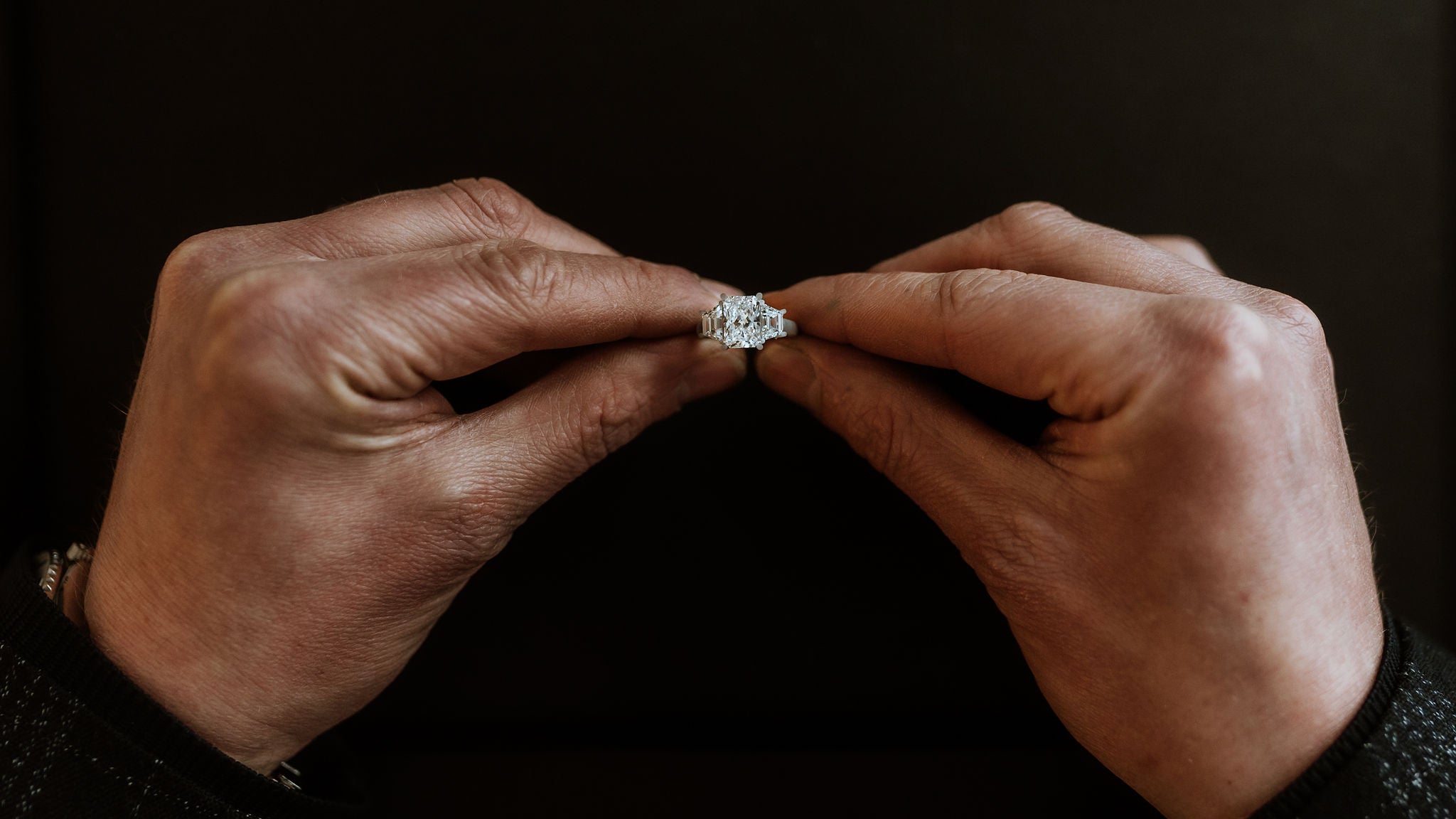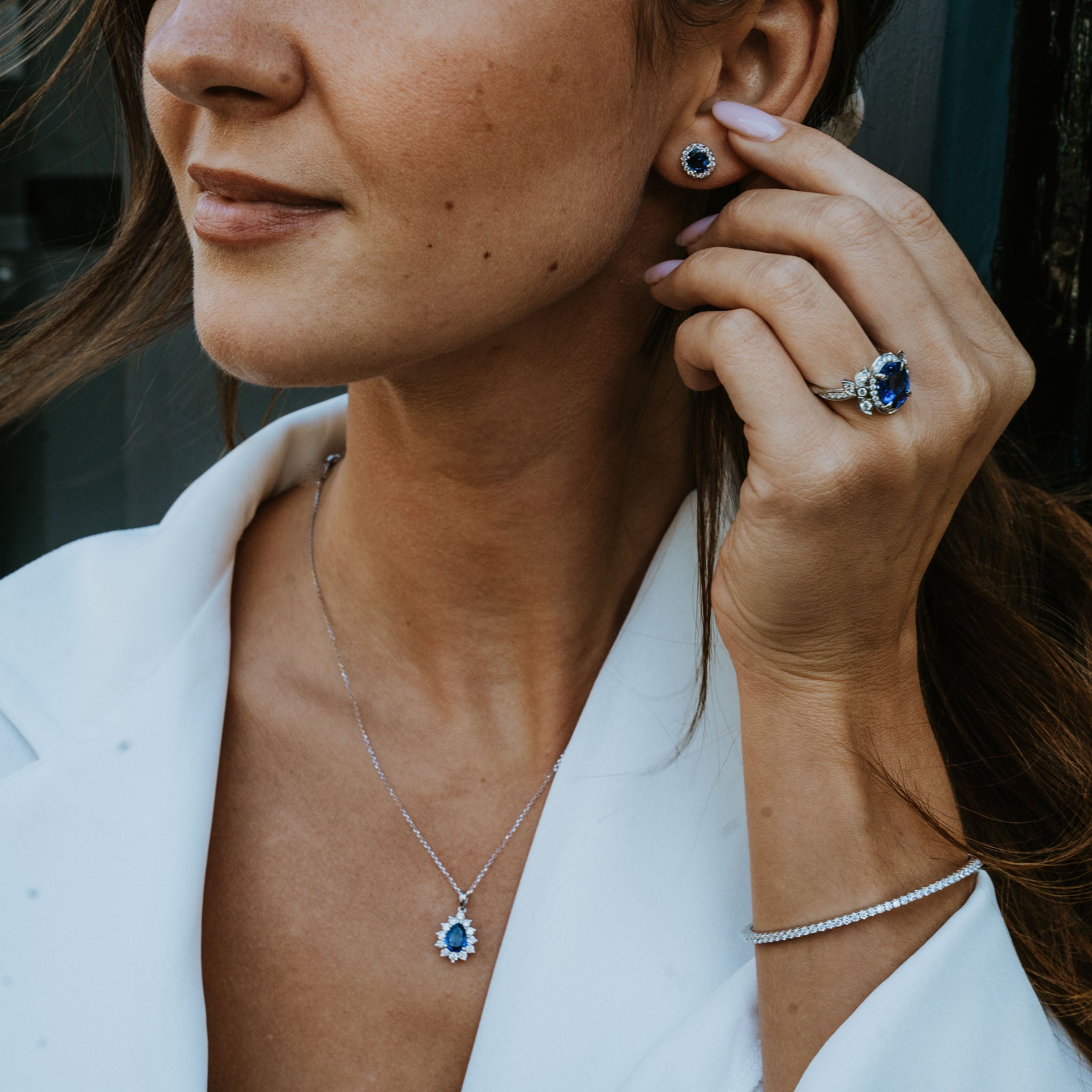 Your jewellery can be precious in more ways than one. The monetary value of an item made from silver or gold and encrusted with precious stones may be considerable, but the sentimental value of it can be even greater, especially when the item in question is an engagement or wedding ring, or given as a gift to mark a special anniversary.
Your jewellery can be precious in more ways than one. The monetary value of an item made from silver or gold and encrusted with precious stones may be considerable, but the sentimental value of it can be even greater, especially when the item in question is an engagement or wedding ring, or given as a gift to mark a special anniversary.
Like anything of great value in both senses, you will regard it as something precious and the last thing you will want to do is get it damaged. However, whether through wear and tear or unfortunate accidents, there are many ways this can happen, leaving you needing jewellery repairs.
Understanding How Gem Hardness Varies
When purchasing jewellery, it is important to be aware of the potential damage that can be done to these valuables. Of the four precious stones, diamonds are the least vulnerable, as they are a 10 on the Mohs hardness scale and therefore can only be cut by other diamonds or lasers.
Corundum, which can be red (rubies) or blue (sapphires), is next on 9. However, it should be noted that the Mohs scale works like a curved line, not a straight one, so a 9 does not represent 90 per cent of the hardness of a diamond. This matters because an emerald, at 7.5-8, is nowhere near three-quarters as hard as a diamond.
As a result, emeralds are more easily damaged and are not suited to everyday jewellery. They should also not be cleaned too often and kept in a safe place out of direct sunlight (as the colour can fade). Take them off before activities like exercise or swimming.
A key issue is that emeralds often have natural fault lines. This means they can crack more easily than other stones. If this does happen, DIY repairs will never be good enough. You have to bring it to a professional.
If your jewellery contains semi-precious stones, you should continue to be careful with those that are lower down the Mohs scale. For instance, tourmalines (a common green alternative to emeralds) and spinels are of similar hardness to emeralds, while amethysts are a 7 and Opals are 5-6.
Dangers Faced By Metals
Metals also face their own challenges. Silver is relatively soft compared to some metals and gold is notably soft. This makes them very malleable and useful for jewellery, but also more prone to being bent out of shape, although gold has the wonderful quality of never rusting or tarnishing.
However, while gold may not rust, it can be damaged by salt water. The reason is that salt is corrosive and can gradually chip away at the gold, causing it to lose its lustre and sustain damage over time.
Bearing this in mind, if the sunny weather has prompted you to brave the cold water at Portobello Beach, it is important either to take gold jewellery off before going in, or wash it off afterwards.
Other substances that can dull the sheen of gold over time due to their chemical content include perfumes and cosmetics, as well as some household cleaners.
However, the most obvious way in which jewellery can be damaged is through accidents. Dropping items from height, dropping heavy things on them or bending them out of shape are all mishaps that our skilled jewellers are used to having to deal with.
In some cases, it is simply a matter of bending them back into shape, which with softer metals like gold is not too hard because they are malleable. Once again, don’t try to do this at home, as it does require the same specialist skill and craft that made the items so beautiful in the first place.
Damage Is Often Gradual
However, damage is not usually caused suddenly by some cartoon-style calamity where a ring falls in front of a steamroller. Instead, it is often an accumulation of minor instances of damage through wearing it while gardening, washing up or other work.
Indeed, for every story of a ring that gets lost in the vegetable patch and reappears wrapped around a carrot, there are many more where the harm is incremental, damage by a thousand scratches in the soil, or through contact with corrosive or harmful chemicals in the home.
The worst mistake, however, may be to delay getting repairs. This can mean that what might have been a simple thing to fix and make good as new accumulates more damage and is a lot worse before you finally bring it to be mended.
Not only does that mean damage that could loosen gemstones and cause them to be lost, but it also means you could be unnecessarily wearing jewellery that lacks the gleam it once had. To keep it beautiful, look after your jewellery well and don’t hesitate to get any damage repaired quickly.





